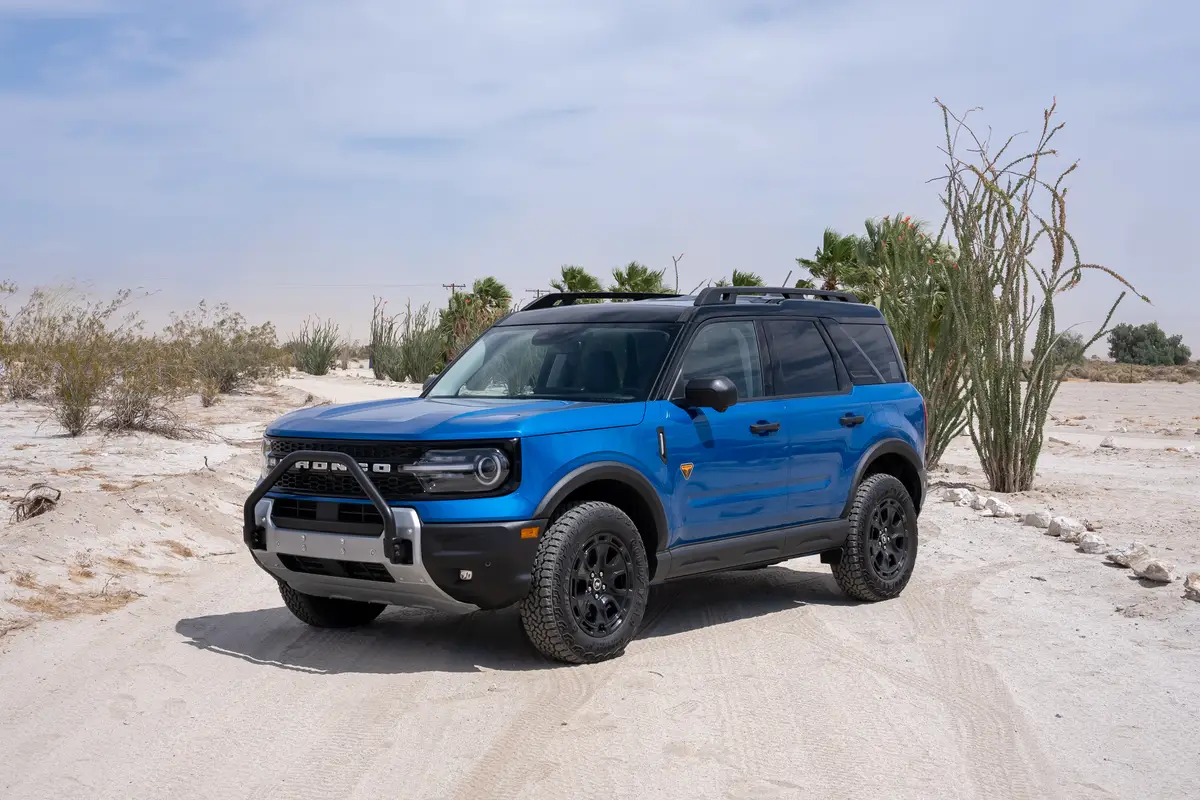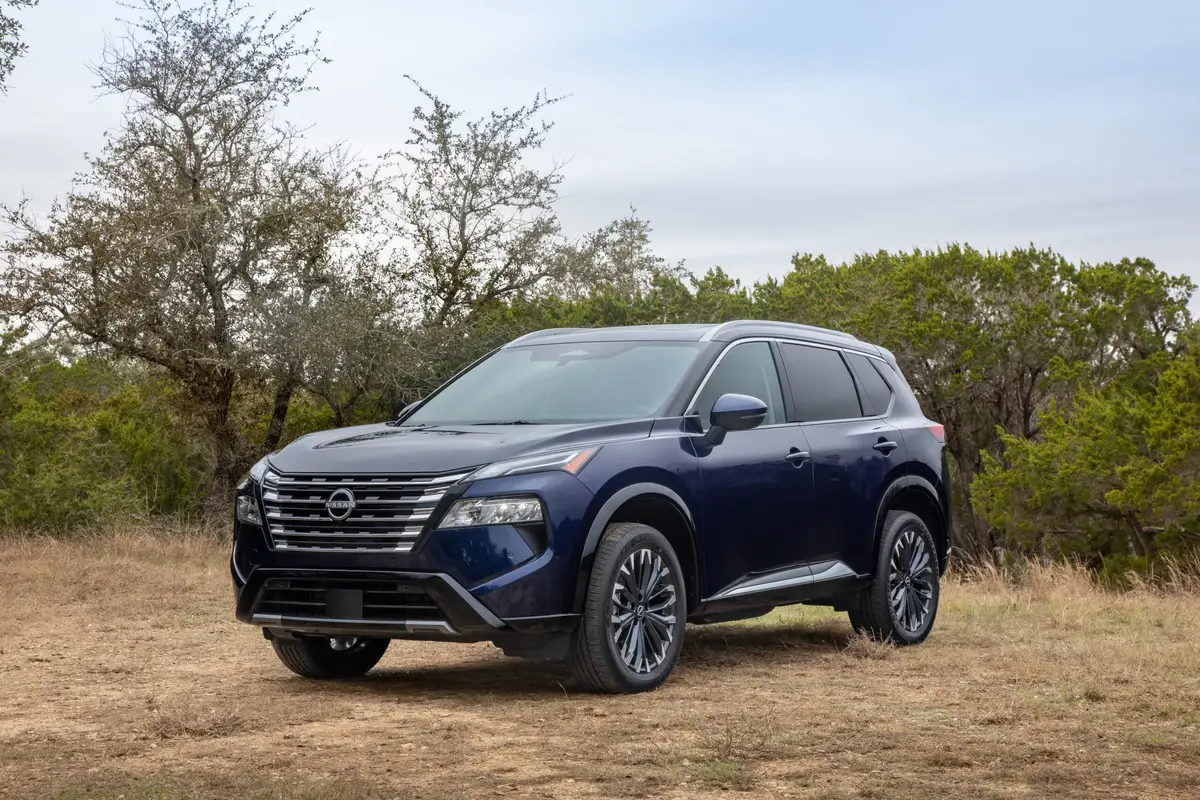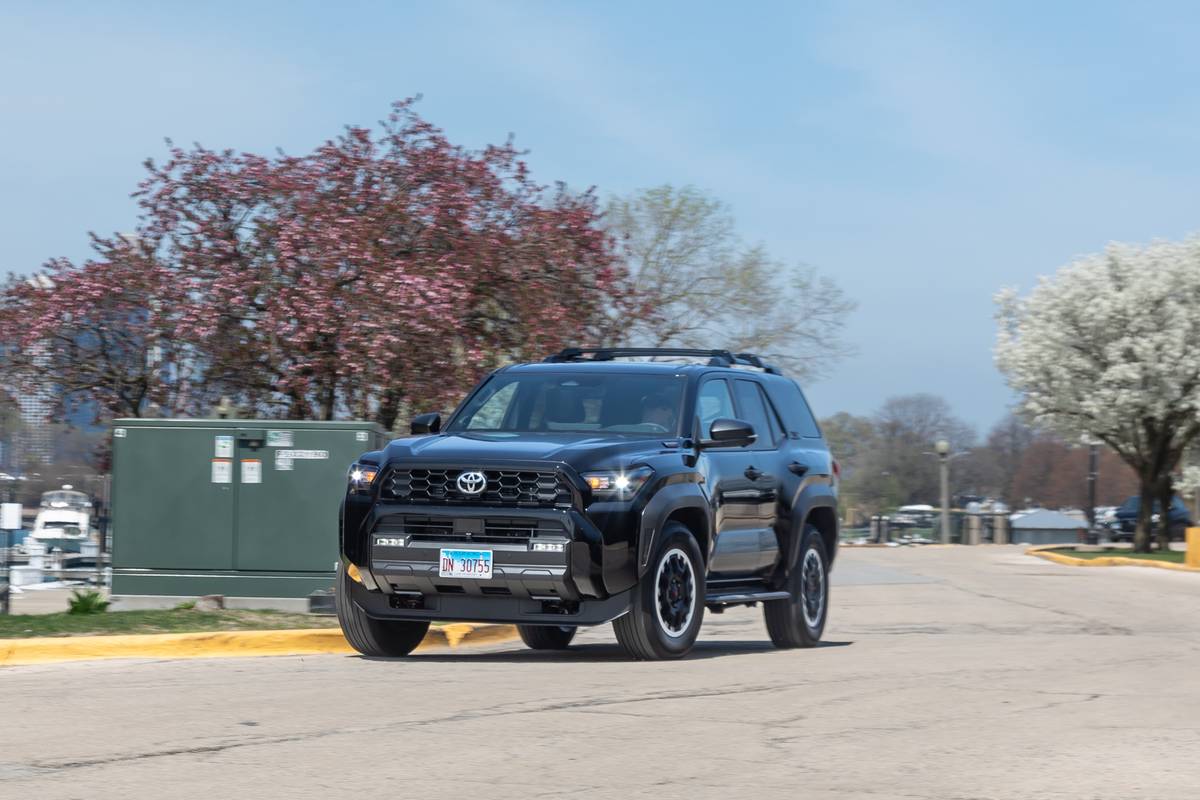Star-Telegram.com's view
With high gasoline prices apparently here to stay, Toyota’s affordable gasoline-electric hybrid sedan, the Prius, makes more sense than ever.
The second generation of Toyota’s Prius, which debuted two years ago, is for many people the nearly perfect way to fight $2-plus per-gallon fuel while still riding in style and comfort.
Bigger, more powerful and more fuel-efficient than the previous generation of the Prius, this current generation still begins at just under $21,000 like its predecessor did. Yet it’s as roomy inside as most popular midsize sedans, and as comfortable as some premium sedans that cost thousands more.
Originally a compact four-door hatchback sedan introduced in the U.S. market in summer 2000, the Prius now is a viable competitor even to Toyota’s own Camry, the nation’s best-selling car.
On this latest model, power has increased substantially, thanks to a 50 percent more powerful electric motor and slightly larger, 76-horsepower, 1.5-liter, four-cylinder gasoline engine. And tailpipe emissions are down 30 percent over the previous model, and fuel economy is up EPA average fuel-economy ratings for the Prius is 55 miles per gallon city/highway combined, up from 48 mpg for the first-generation model.
Owners report that actual fuel economy is somewhat lower than the EPA estimates, but still is quite impressive.
With the increased power, the car now goes from zero to 60 mph in just 10 seconds, down from 12.7 seconds before.
Our test car actually performed better than some of the current four-cylinder midsize sedans, with power approaching that of some V-6 models.
Best of all, though, the Prius — just like before — doesn’t have to be plugged into an electric outlet to get its batteries charged the way pure battery-operated electric cars do. It doesn’t even come with a plug; the car generates its own electricity with its gasoline engine and with the power harnessed from the wheels as the vehicle slows down or goes downhill — a process known as regenerative braking.
And increasing the interior space to make the Prius midsize has worked as Toyota planned to bring it to the attention of mainstream car buyers, rather than continuing as just a darling of “green” conscious consumers.
The biggest drawback of the previous model, as well as its major competitor, the compact Honda Civic hybrid, was its small size. The new one gives even backseat passengers generous knee and leg room. And the cargo area has 16.1 cubic feet of space — better than most midsize sedans.
With this new model, Toyota showed that not only is the company serious about hybrids, but that consumers must be serious about them, too. Sales have been so brisk and supplies so short that many consumers have had to wait more than six months to get a new Prius.
Original projections were that about 45,000 would be sold annually in the United States, but for 2005, Toyota doubled production to at least 100,000, and company officials say that the long waits are finally subsiding.
Honda last fall introduced a hybrid version of its mainsteam Accord sedan, but with selling prices in the low $30,000s, it won’t appeal to a broad of an audience as the Prius and sales will be considerably lower — perhaps a third of what the Prius will achieve this year.
As for the newest Prius, technological advances in the hybrid system make it a lot better than the previous model, too.
The hybrid system uses both an electric motor and a gasoline engine to create a midsize car that gets fuel economy more than double that of the average compact sedan, while eliminating about 90 percent of the pollution that comes from a standard gasoline-powered car of similar size.
Honda rolled out the first hybrid car in the U.S. market in February 2000 — the subcompact, two-seat Insight, which gets up to 70 miles per gallon. At $20,000, that car, which remains in the Honda lineup, never has sold well. It’s rather strange-looking, and has room for only two people and very limited luggage or cargo.
In 2002, Honda introduced the four-door Civic hybrid with styling almost identical to that of the gasoline-powered Civic compact sedan. That car hasn’t sold nearly as well as the Prius, however, probably because its hybrid system isn’t quite as well-developed as that of the Prius.
Although the Honda and Toyota hybrids both use a combination of gasoline electric power, they differ somewhat in their hybrid technology. Both have small, four-cylinder gasoline engines and supplemental electric motors, along with a large nickel-metal-hydride battery pack.
But the Prius uses the electric motor as the primary power, with the gasoline engine as the backup at low speeds, and is capable of running on electric power alone. The Civic and Insight, however, run all the time on their gasoline engines, with their electric motors providing only a boost to their gasoline power.
At stoplights, the Prius’ gasoline engine shuts down, and then the car start off again under electric power only, bringing the gasoline engine online when more power is needed. In our test car, the 2005 model, it seemed as though we were driving a golf cart at low speeds. Even when the gasoline engine starts, it’s very quiet at lower speeds — we almost couldn’t hear it come on.
With the previous generation Prius, though, the gasoline engine needed to run almost all the time in climates such as ours in Texas to keep the air conditioner going. As with gasoline-only cars, the original Prius had an air conditioner compressor that was operated by a drive belt turned by the gas engine.
On the new Prius, the air conditioner is completely electrically operated, so that it works even with the gasoline engine off as long as there is sufficient battery power. If the battery’s charge level drops below a certain point, however, the gasoline engine will come on to begin recharging the battery pack.
The battery pack would cost about $5,000 to replace at today’s prices, but it is warranted to last for 10 years.
Built on an entirely new chassis, the latest Prius has aerodynamic exterior styling that gives it a somewhat unconventional look, but also a sports-carlike coefficient of drag of 0.26. That not only helps with fuel economy, but also dramatically reduces wind noise inside the car at highway speeds.
An optional new feature is “smart entry/start,” which was included on our test vehicle. With this option, as the driver approaches the car with the special key fob remaining in his pocket, all he must do is touch the door handle and the car automatically unlocks. An onboard sensor detects the proximity of the key fob.
The driver starts the car by pushing a button on the dash. This will start the hydrid drive system, but not necessarily the gasoline engine. In our car, the only way we knew the system had come on was that the air conditioner started blowing.
The automatic transmission has just “Drive” and “Reverse” settings, and the dash-mounted shifter doesn’t stay in either position; it returns to its center position once the car is put into gear. Because of this, when the transmission is in reverse, a beeper sounds to let the driver know.
Standard features include power windows/mirrors/door locks, air conditioning, antilock brakes, and more, all included in the base price of $20,875 (plus $585 freight). Our car came with the upgrade package ($5,065) that included the smart-key system, satellite navigation with dash LCD display, driver and passenger side-curtain air bags, high-intensity headlights, security alarm, Homelink universal garage/gate opener, upgraded audio system with six-disc CD changer, vehicle stability control, and fog lights.
Total sticker with the extras was $26,709, which included freight and a distributor-added carpeted floor-mat set ($184).
– – –
G. Chambers Williams III is staff automotive columnist for the San Antonio Express-News and former transportation writer for the Star-Telegram. His automotive columns have appeared regularly in the Star-Telegram since 1995. Contact him at (210) 250-3236; chambers@star-telegram.com.
– – –
At a Glance: 2005 Toyota Prius
The package: Midsize, four-door, five-passenger, front-drive, gasoline-electric powered hybrid hatchback sedan.
Highlights: This is the second geneation of the world’s first production model gas-electric hybrid car. It has the roominess of a midsize sedan but the fuel economy of a motorscooter. The car comes with many premium features, and has performance equal to or better than most four-cylinder midsize sedans. And it does not need to be plugged in to be recharged.
Negatives: The only complaint is how long it takes to get one; some customers wait six months or more, although wait times are decreasing now.
Engine: 1.5-liter, inline four-cylinder gasoline engine; permanent-magnet electric motor.
Transmission: Continuously variable automatic.
Power/torque: 76 hp./82 foot-pounds (gasoline), 67 hp./295 foot-pounds (electric).
Overall length: 175 inches.
Curb weight: 2,890 pounds.
Brakes, front/rear: Disc/drum, antilock.
Cargo capacity: 16.1 cubic feet.
Fuel capacity/type: 11.9 gallons/unleaded regular.
EPA fuel economy: 60 city, 51 highway (city is higher because of use of electric motor at lower speeds).
Major competitors: Honda Civic hybrid, Honda Accord hybrid.
Base price: $20,875 plus $585 freight.
Price as tested: $26,709, including freight and options.
On the Road rating: ***** (five stars out of five).
Prices shown are manufacturer’s suggested retail; actual selling price might vary.
Latest news


10 Biggest News Stories of the Week: Nissan Rogue Does Best; Hyundai Palisade, Subaru Outback FTW

